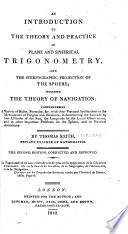 | Thomas Keith - Navigation - 1810 - 478 pages
...the centre of that object and the pole of the equinoctial. (B) The amplitude of any celestial object is an arc of the horizon, contained between the centre...object when rising or setting, and the east or west point of the horizon. (C) The azimuth of any object in the heavens, is an arc of the horizon contained... | |
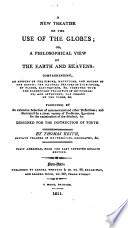 | Thomas Keith - Astronomy - 1811 - 388 pages
...that object and the pole of the equinoctial. 48. The AMPLITUDE of any object in the heavens is an arch of the horizon, contained between the centre of the...setting, and the east or west points of the horizon. Or, it is the distance which the sun or a star rises from the east, and sets from the west, and is... | |
 | John Lathrop - Astronomy - 1812 - 218 pages
...object, and the pole of the equinoctial. 182. The amplitude of any object in the heavens is an arch of the horizon, contained between the centre of the...setting, and the east or west points of the horizon. The sun never rises exactly in the east nor sets exactly in the west, except at the time of the equinoxes.... | |
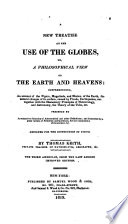 | Thomas Keith - Astronomy - 1819 - 380 pages
...is called the meridian zenith distance. 48. The AMPLITUDE of any object in the heavens, is an arch of the horizon, contained between the centre of the...setting, and the east or west points of the horizon. Or, it is (be distance which the sun or a star rises from the east, and sets from the \vesf, and is... | |
 | Thomas Keith - 1821 - 408 pages
...centre of that object and the pole of the equinoctial. 48. The AMPLITUDE of any object in the heavens is an arc of the horizon, contained between the centre...setting, and the east or west points of the horizon. Or, it is the distance which the sun or a star rises from the east, and sets from the west, and is... | |
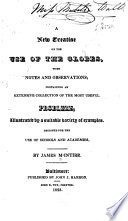 | James M'Intire - Globes - 1823 - 232 pages
...the object, and the north or south point of the horizon. 45. The Amplitude of any celestial object, is an arc of the horizon, contained between the centre...object when rising or setting, and the east or west point of the horizon. 46. The Zenith Distance of any celestial object, is what its altitude wants of... | |
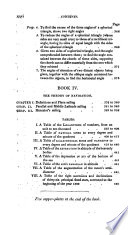 | Thomas Keith - Navigation - 1826 - 504 pages
...the centre of that object and the pole of the equinoctial. (B) The amplitude of any celestial object is an arc of the horizon, contained between the centre...object when rising or setting, and the east or west point of the horizon. (C) The azimuth of any object in the heavens, is an arc of the horizon, contained... | |
 | James Ryan - Astronomy - 1827 - 408 pages
...eighth circle contains the 12 calender months of the year 7. The amplitude of any object in the heavens, is an arc of the horizon, contained between the centre...setting, and the east or west points of the horizon. Or, it is the distance which the sun or a star, rises from the east, and sets from the west, and is... | |
 | James Charlton - Geography - 1829 - 250 pages
...the object, and the north and south points of the horizon. 16. The amplitude of any celestial object, is an arc of the horizon, contained between the centre...setting, and the east or west points of the horizon. 17. The zodiac is a space which extends 8° on each side of the ecliptic, and containing twelve constellations.... | |
 | Joseph Guy - Astronomy - 1832 - 412 pages
...centre of that object and the pole of the equinoctial. 48. The AMPLITUDE of any object in the heavens is an arc of the horizon, contained between the centre...setting, and the east or west points of the horizon. Or, it is the distance which the sun or a star rises from the east, and sets from the west, and is... | |
| |